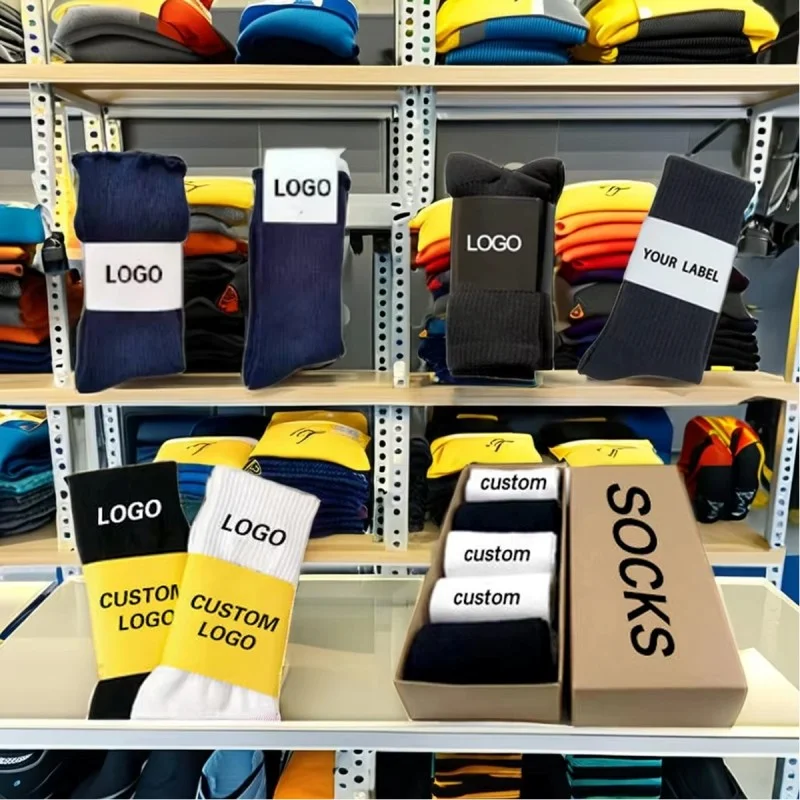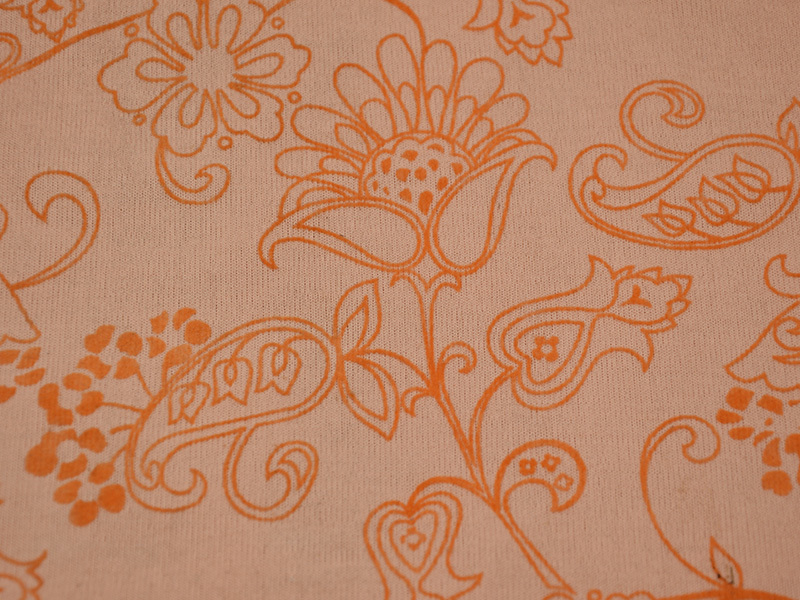When it comes to fashion, the details often make the difference between a well-coordinated outfit and a mismatched ensemble. One of the most pivotal elements in any wardrobe is footwear. Shoes not only serve a functional purpose but also play a significant role in defining personal style. The question arises: what are your shoes supposed to match? This article delves into the nuances of shoe coordination, exploring color theory, style compatibility, and the impact of occasion on footwear choices.
Understanding Color Theory in Footwear
Color is one of the most immediate ways to express personal style. When selecting shoes, understanding the basics of color theory can significantly enhance your outfit's overall aesthetic.
- Complementary Colors: These are colors located opposite each other on the color wheel. For instance, pairing blue shoes with an orange dress creates a striking contrast that draws attention. However, moderation is key; too much contrast can overwhelm the outfit.
- Analogous Colors: These colors sit next to each other on the color wheel. For example, pairing green shoes with a blue outfit can create a harmonious look. This approach is particularly effective for casual settings where a more relaxed vibe is desired.
- Monochromatic Schemes: Choosing shoes in varying shades of the same color can create a sophisticated and cohesive look. For instance, pairing light grey shoes with a charcoal suit can convey elegance and attention to detail.
Style Compatibility: Matching Shoe Types to Outfits
Beyond color, the style of shoes must align with the overall aesthetic of the outfit. Here are some guidelines for ensuring style compatibility:
- Casual vs. Formal: Sneakers are perfect for casual outfits, while oxfords or loafers are more suited for formal occasions. Mixing these styles can lead to a disjointed appearance. For example, pairing athletic shoes with tailored trousers can undermine the sophistication of the outfit.
- Seasonal Considerations: The season can dictate appropriate footwear. In summer, sandals or espadrilles may complement light fabrics, while boots are ideal for winter ensembles. Matching the shoe style to the season not only enhances the outfit but also ensures comfort.
- Occasion Appropriateness: Different occasions call for different footwear. For instance, wearing stilettos to a beach party may not only be impractical but also out of place. Understanding the context of your outfit is crucial in making the right shoe choice.
The Role of Texture and Material
The texture and material of shoes can also impact their compatibility with an outfit. Here are some considerations:
- Material Match: Leather shoes often convey a more polished look, making them suitable for business or formal events. In contrast, canvas or suede shoes can lend a more relaxed vibe. Pairing materials thoughtfully can elevate your outfit.
- Texture Contrast: While matching materials can create a cohesive look, contrasting textures can add depth. For instance, pairing a chunky knit sweater with sleek leather boots can create an interesting visual dynamic.
Practical Tips for Shoe Coordination
To ensure your shoes match your outfit effectively, consider the following practical tips:
- Assess Your Wardrobe: Before purchasing new shoes, evaluate your existing wardrobe. Identify key colors and styles that dominate your clothing collection to ensure new footwear complements what you already own.
- Invest in Versatile Options: Classic styles such as black pumps, white sneakers, or brown loafers can be paired with various outfits. Investing in versatile footwear can simplify your wardrobe choices.
- Experiment with Accessories: Accessories can bridge the gap between your shoes and outfit. A handbag or belt in a similar color or material can create a cohesive look, making your shoes feel like a natural extension of your ensemble.
Conclusion: The Final Step in Outfit Coordination
In conclusion, the question of what your shoes are supposed to match encompasses a variety of factors, including color theory, style compatibility, occasion appropriateness, and material considerations. By understanding these elements and applying practical tips, you can elevate your fashion game and ensure your footwear enhances rather than detracts from your overall look. Remember, shoes are not just an afterthought; they are a crucial component of your personal style narrative. So, the next time you step out, take a moment to consider how your shoes fit into the bigger picture of your outfit.







+ There are no comments
Add yours